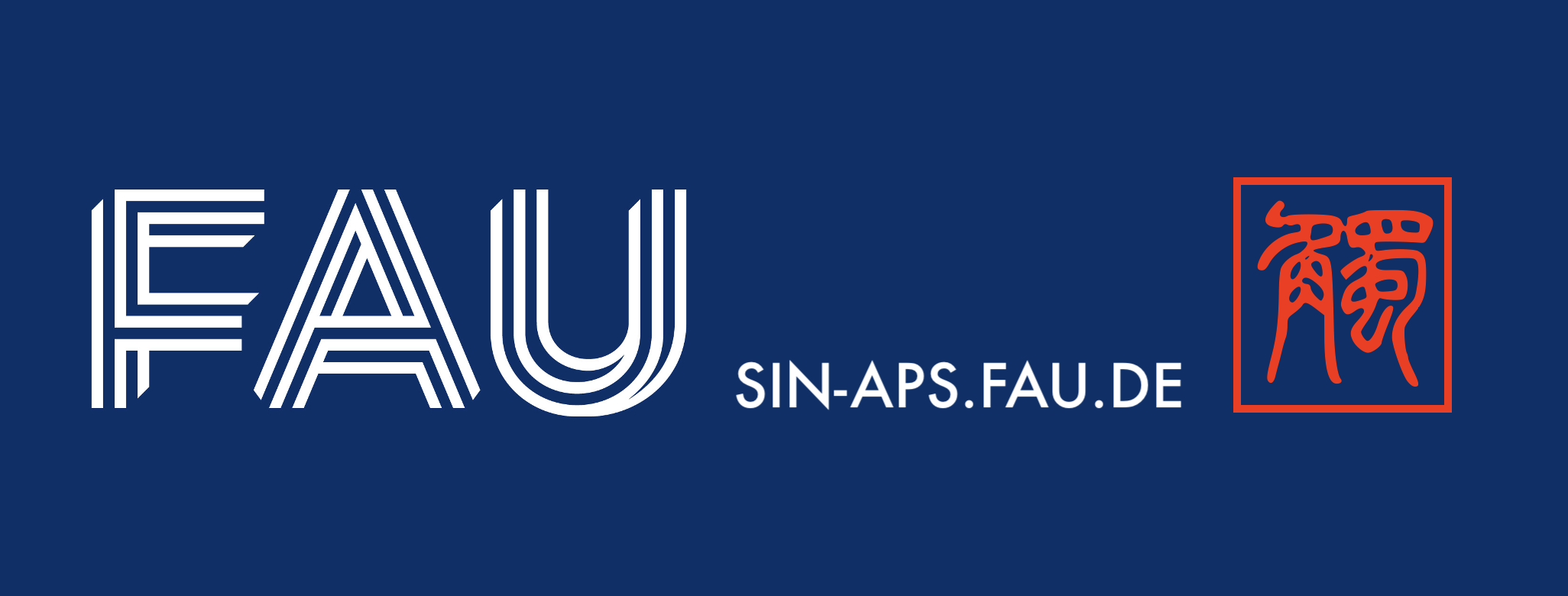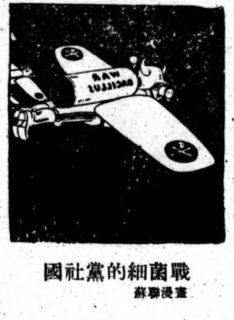New Publication: Biological Warfare in Republican China
Dr. Nicolas Schillinger published a new article on Microbic Mass Destruction – Biological Warfare and Epidemic Prevention in Republican China in the journal East Asian Science, Technology and Society (2022). Against the background of the first half of the twentieth century, when the possibility of weaponizing bacteria and waging a biological war became a frequently discussed topic in Europe, America, and Asia, this article traces the discourse on bacteriological warfare (xijunzhan 細菌戰) before, during, and in the aftermath of the Second Sino-Japanese War and puts it in the historical context of the development of biomedical sciences, epidemic prevention, and governance in Republican China. The discussion of biowarfare might be understood as an expression of both the skepticism about the scientization as well as technologization of warfare and the fear of epidemics ravaging China at the time. Considering the prevalence of epidemics in China during the first half of the twentieth century, the horror scenario of biological warfare did not necessarily lead to the direct expansion of or change in actual anti-epidemic measures during the Republican era. However, the very possibility of bacteriological attacks increased the sensitivity and knowledge of decision makers, military personnel, and large parts of the population regarding the threat of infectious disease and epidemics. The dread of enemies dropping vessels filled with disease vectors helped to justify the promulgation and implementation of hygiene protocols, vaccine campaigns, and microbiological knowledge.

